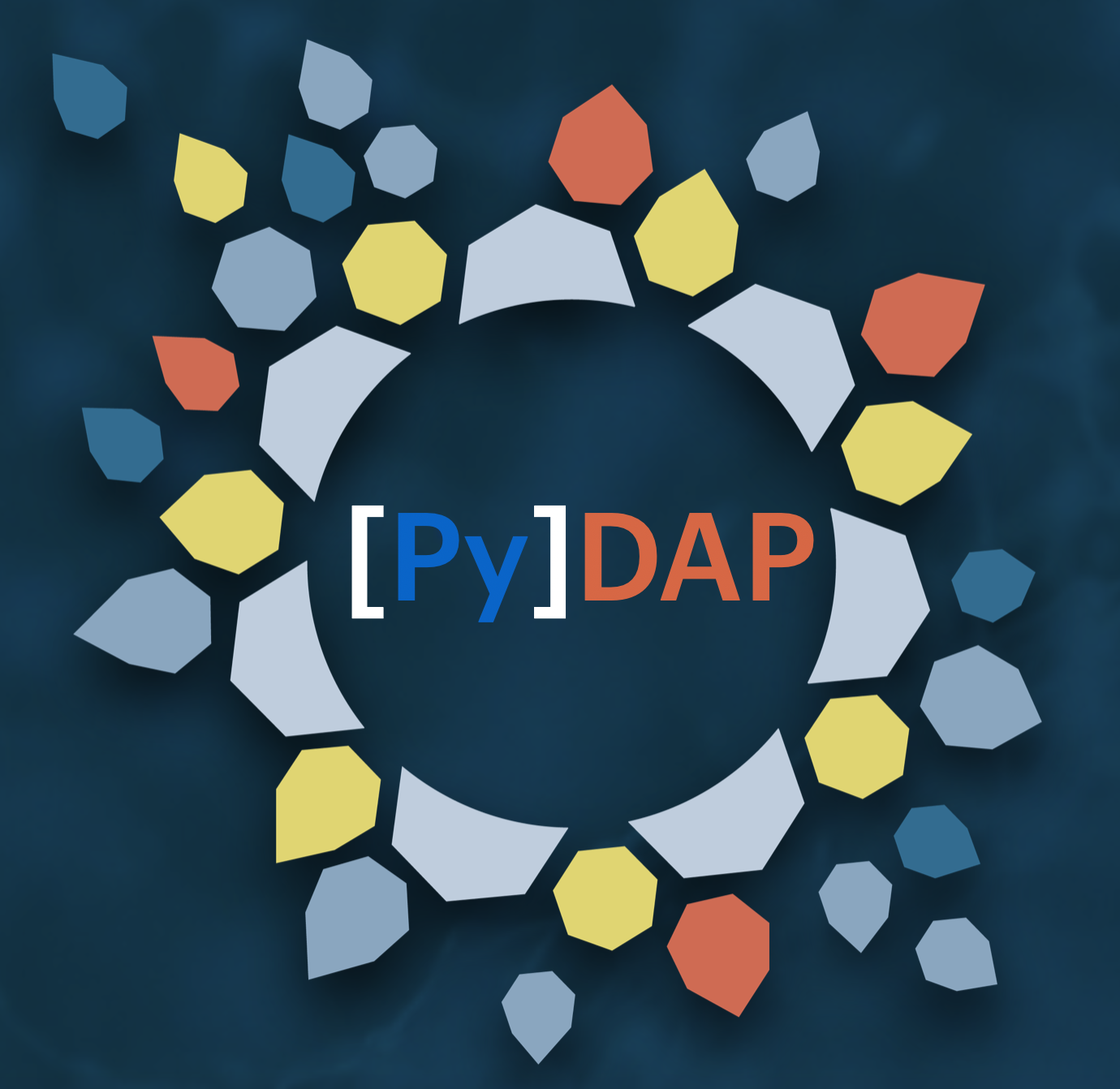EDL Authentication via earthaccess#
In this tutorial, we demostrate how to inherit EDL authentication credentials from earthaccess and use them with PyDAP.
There are two ways in which to use earthaccess to authenticate:
Retrieve credentials and store these locally in a
.netrcfile.Inherit a request session object from
earthaccesswith EDL token header, and use it to create an optimized PyDAP session object (which may be a CachedSession).
While not strictly necessary, earthaccess hides the abstraction needed to authenticate via username/password or token-based, for Earthdata Login.
import earthaccess
from pydap.client import create_session
1. Store EDL authentication credentials for later reuse#
This is accomplished in a single line
auth = earthaccess.login(strategy="interactive", persist=True)
The credentials have been stored in a .netrc file. You can create a request session object and it will recover them automatically.
session = create_session()
2. Inherit an EDL token#
This is accomplished by recovering a request.session object initialized by earthaccess. It will contain the EDL token header, and this can be used to create a CachedSession object that enables persistent consolidated metadata via pydap workflows.
ea_session=auth.get_session()
ea_session
<earthaccess.auth.SessionWithHeaderRedirection at 0x10873f2d0>
cache_session = create_session(use_cache=True, session=ea_session)
cache_session
<CachedSession(cache=<SQLiteCache(name=http_cache)>, settings=CacheSettings(expire_after=86400))>
This cache_session is a requests_cache.CachedSession object that can be used with PyDAP. Internally, PyDAP will only enable caching metadata (i.e. the .dmr of the remote files), and the dimensions data (1D arrays). It significantly accelerates the Dataset aggregation at the collection level, when using Xarray, when using pydap.client.consolidate_metadata.
Summary#
You can use either the session or cache_session object to stream data. Each will enable you to authenticate via username/password or via token, respectively.
